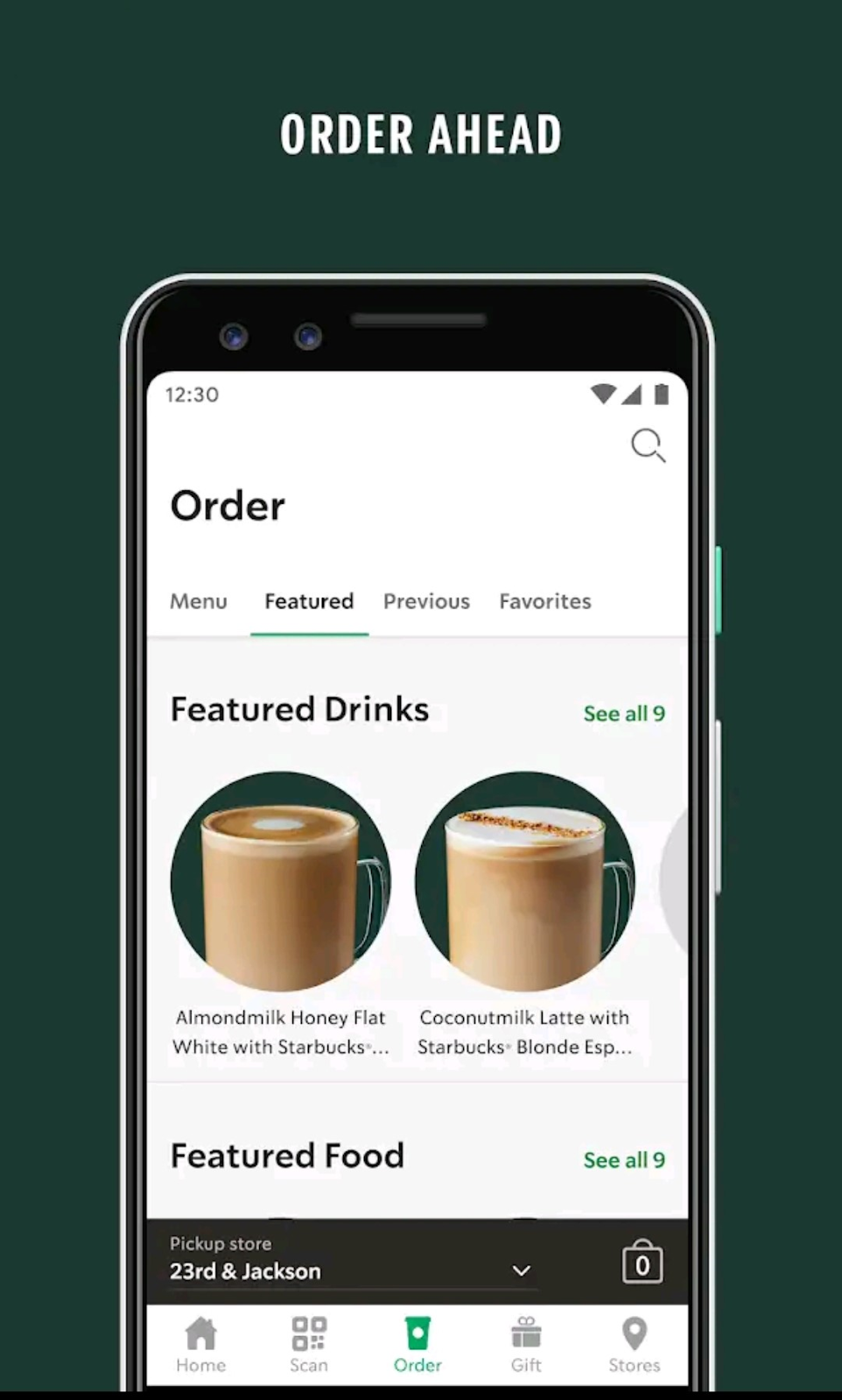This global coffee chain boosted its traffic and sales with a solid mobile optimization strategy! [Every Thursday: FYO!]

Mobile technology has come a long way.
During the early 2000s, mobile phones, laptops, and tablets were bulky and expensive devices with limited functionality.
It’s a far cry from the sleek and versatile devices that we have today!
Mobile devices are now some of the most sophisticated pieces of technology available.
You can now use them for a wide variety of functions, like watching videos, listening to music, taking pictures, and browsing the internet.
Mobile internet browsing has been on the rise for the past few years. As of January 2020, there are over 4.18 billion mobile internet users worldwide, with an average time spent clocking in at 3 hours and 22 minutes daily.
These large numbers show the importance of mobile in the world of digital marketing and is one of the many reasons why popular brands have invested in mobile optimization for their websites and applications.
Mobile optimization is the process of adjusting and modifying your website to make your content accessible to mobile users.
Since more people are becoming mobile internet users, this has become a necessity for many websites. Brands and companies want to ensure that they are providing the best user experience available.
Starbucks
One brand that has made use of mobile optimization to reach more customers digitally is Starbucks, one of the world’s most popular coffee chains.
Starbucks is a brand with a massive customer base that has increased their digital engagement over the years. This is a result of their digital optimization efforts, creating a website that is very user-friendly for mobile devices.
Since the late 2000s, the brand has focused on a mobile-first strategy, giving them an advantage over other major brands in terms of website optimization. With the mobile market being relatively new at that time, Starbucks was able to understand its massive potential in generating more sales and traffic.
Their early efforts helped them become Mobile Marketer of the Year in 2010 and 2012, and increased their digital presence. If you take a look at the website now, you can see how well-optimized it still is!

With the success of their mobile website, Starbucks wanted to increase their online reach and expand their customer base. As a result, the brand created its own dedicated mobile app.
The app offers features such as helping you find the nearest branch in your area—very convenient for those looking for a quick coffee fix!
The application also has personalized menus and drink choices for regular customers, online ordering, and a loyalty rewards system that offers special promos and offers.

You can also create your own personalized playlist by integrating your Spotify account!
Introduced in 2015, the application became increasingly popular over time, gaining over 23.4 million users by 2018.
This has also helped increase their sales and web traffic, with 31 million visits in December 2019, and earning USD 26.97 billion by the end of the same year!
Much of its success is due to how well-optimized the whole application is, creating a personalized Starbucks experience for each user, and sporting a simple yet classy interface that everyone can use.
The success of the application has made it into a great case study on how brands should optimize their mobile websites and applications.
How to optimize your website or application for mobile:
As mobile internet usage increases, it is important to make sure that you provide the best user experience. Here are some of the best ways to optimize your website or application for mobile devices:
DO NOT restrict content – One of the most common problems of early mobile websites is that a bulk of their content is restricted due to the limitations back then, forcing users to switch to the desktop version of the website. With today’s improved mobile technology, make sure that every piece of content is readily available to them.
Streamline navigation – Navigating a website is an important part of the user experience. Make sure that important pages and sections are easy to find and click.
Make fonts larger and easy to read – Smaller screen size means that standard-sized fonts on desktop won’t translate well on mobile devices. Make sure you pick a larger font size that ensures readability.
Make buttons and images easy for the thumbs – In a similar manner, size up the buttons, images, and media on your mobile website to make it easy to click with your thumbs. That way, users can avoid clicking on the wrong pages and sections!
Pick the right website platform – Most website platforms such as WordPress now have features that make it easy to optimize your content for mobile. This means that your website’s design can automatically adjust based on a device’s screen size. Make sure you pick the best platform to provide you a better mobile experience!
Mobile optimization has become one of the most important aspects of digital marketing, as it allows you to reach a wider audience than ever before and increase the accessibility of your website.
People now have the ability to browse the internet anywhere they go, providing more opportunities for them to discover different brands and websites online.
This has greatly impacted digital marketing and SEO, as Google has pushed more brands and businesses to optimize their websites for mobile. This is because half of the search queries conducted on the search engine are done on mobile.
If brands took a look at these search query numbers, they would be able to understand their online traffic better and improve their website’s mobile-friendliness.
These days, people tend to search on the go using their mobile devices, looking for nearby locations, food and restaurant recommendations, or even looking for facts and answers!
The influence of mobile devices in the world of online search cannot be understated. As it looks to become the most common way people search online within the next few years, make sure your site is ready and optimized to help more people find your brand online!
About The Dynamic Marketing Communiqué’s
Thursdays: FYO! Find You Optimization
Why should you stop thinking SEO and start thinking FYO?
We’re not saying that you should abandon Search Engine Optimization (SEO).
Don’t get us wrong, of course, we know this is something very important, especially in today’s digital marketing age.
The internet landscape is vast, and a world of its own. You really need to distinguish yourself and make your brand/company/website known and easily searchable.
Better yet, get to the top of page one for Top Results on Google or any other search engine.
However, what is the purpose of SEO? It’s that customers Find You!
That’s what matters. So, while SEO is one factor of FYO… it really is only one, and we ought not to abandon all the myriad of ways digitally and offline for improving your FYO.
How can we look at this from a different and better perspective?
Let’s say you have it in the bag! You and your team are experts in SEO. Awesome. But did you ever wonder what else you could do to push it further and give your SEO skills a boost?
FYO! Find You Optimization!
You need your target audience to FIND YOU—your brand, product, service, or offer. This is SEO plus other tools that increase visibility online (and offline).
Every Thursday, we publish content on how you can get your target market to find you, beyond the typical “type and search.” There are other things you can do along with your SEO to give your online advertising process a boost.
Try considering other tactics beyond it—WOMO (Word Of Mouth Optimization), RO (Referral Optimization), and “All-Other-Means-Of-Getting-Your-Target-Market-To-Find-You” Optimization (AOMOGYTMTFY, if you’d like a long acronym).
Part of a great marketing strategy is knowing how to adapt new methods and make use of different types of marketing and promotion that best fit your business goals and which give you the results you want.
Hope you’ve found this week’s insights interesting and helpful.
Stay tuned for next Thursday’s FYO!
Cheers,
Kyle Yu
Head of Marketing
Valens Dynamic Marketing Capabilities
Powered by Valens Research
www.valens-research.com
This content is used with permission from The I Institute and The Business Builder Daily.
View All



